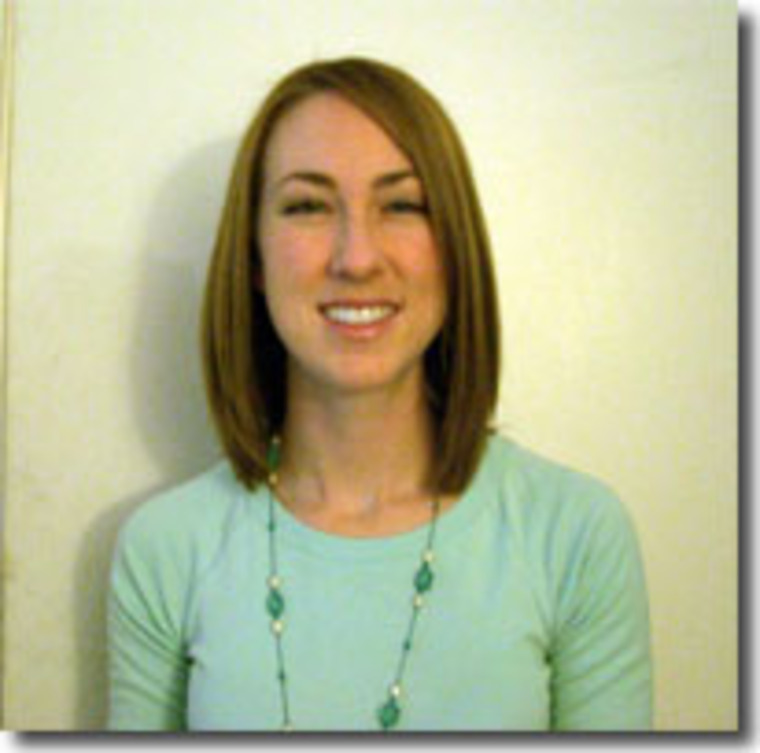Sarah McDonald

Sarah McDonald, co-sponsored by the Agricultural Resource Economics
My outreach project, entitled “Building Bridges: Creating the Awareness to Forge a Sustainable New West,” addresses the information gap between producers and consumers of data regarding the changing demographics and landscapes of Arizona. Rapid in-migration into the West has spurred extensive conversion of rangelands and other agricultural lands into development, causing significant ecological and social impacts. Arizona remains the second fastest growing state in the nation. Additionally, exurban growth in the West has exceeded suburban growth, which has increased the biophysical and demographic impacts on both human and biological communities. These changes continue to provide difficult challenges for the institutions developed to serve the needs of Arizona’s communities, especially as they attempt to incorporate the needs of a growing and poorly-understood exurban community. Addressing these concerns in order to create a more sustainable new West which is driven by community cooperation and scientific knowledge is imperative.
I have limited the focus of this outreach project to two target audiences: county administrative planning boards throughout the state, and residents and special interest groups in Cochise County. I have partnered with the Office of Arid Lands Open Spaces project, the office of the Pima County Administrator for Land, Water, and Environmental Policy, and the Cooperative Extension Service for this outreach project. In developing the Sonoran Desert Conservation Plan, the Pima County Administrator’s Office conducted research assessing the impact of different development types on the fiscal resource base of the county (the first study of its kind in the nation). Not only the insightful results, but the process itself of undertaking such a research project, would be extremely valuable to other counties in the southwest which are facing similar growth patterns and planning challenges. Additionally, the results of this study, which visually illustrate the shifting land use patterns and portray the dilemma of counties in providing basic services to a changing population, are useful for the residents of these counties, which wish to play a role in the future of the landscape. In working with the Pima County Administrator’s Office, I will create two products tailored to each target audience. I am in the process of creating a digital presentation which will focus on the need for and process of gathering economically meaningful data which links land use and development footprints to fiscal resource availability. I will then create additional, visually-focused materials for interest groups highlighting the important results of the study.
Additionally, I am working with the Office of Arid Lands Open Spaces project and the Cooperative Extension Service on an educational symposium titled “Learning to Grow: Options for a Changing Landscape” for the residents of Cochise County, which will take place in April. This symposium is the culmination of a Cochise County Advisory Board meeting devoted to the topic of growth and land use change, at which then sparked a follow up meeting to discuss what interested groups in the county might do to be proactive about future growth. The symposium is intended to educate the public about the demographic and land use trends in Cochise and Pima counties, to highlight both the natural resource and human impacts of such growth changes, and to provide options for planned future growth.
I have found the timing of my project to be optimal for achieving long-term impacts, because the organizations I have partnered with have devoted significant resources to this issue and will maintain the momentum of this project. As a consequence of the meetings in Cochise County, Cooperative Extension is partnering with utilities cooperatives and others to produce a semi-annual publication targeted at exurban audiences. Additionally, Cochise County administrators have planned “visioning” exercises with communities this summer in order to help communities decide what type of growth they support. The symposium this spring will provide an excellent catalyst for community residents to begin discussing options for growth and will provide them with the tools to make educated decisions. My materials will help their elected representatives to be better informed about the economic impacts associated with the various choices, and will be able to ensure the county’s fiscal viability. It is my hope that Cochise County will be the springboard for such focused dialogue and will motivate other counties to follow suit. My outreach materials will facilitate the first steps for these county administrators in exploring their options for growth and creating awareness within their constituencies.

